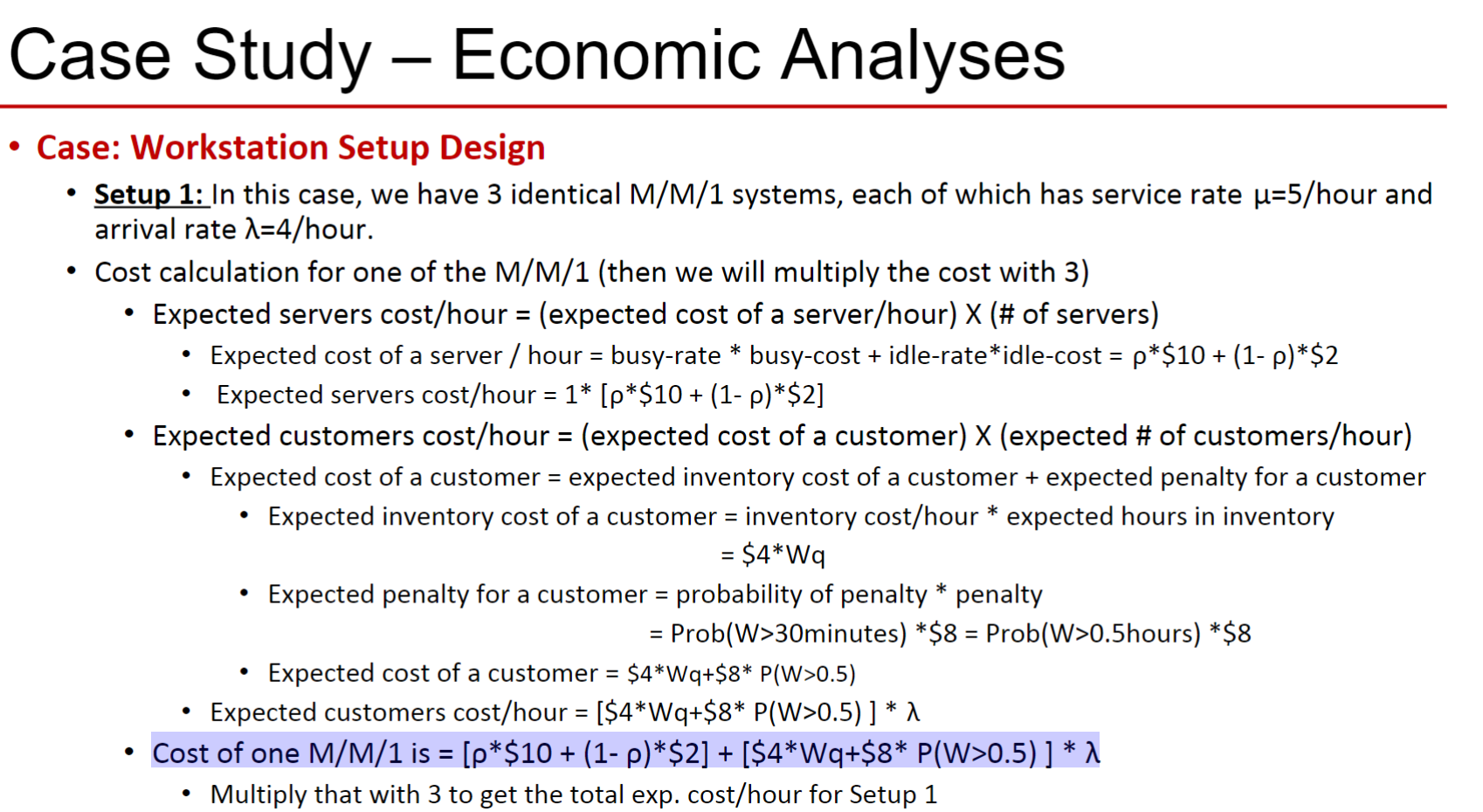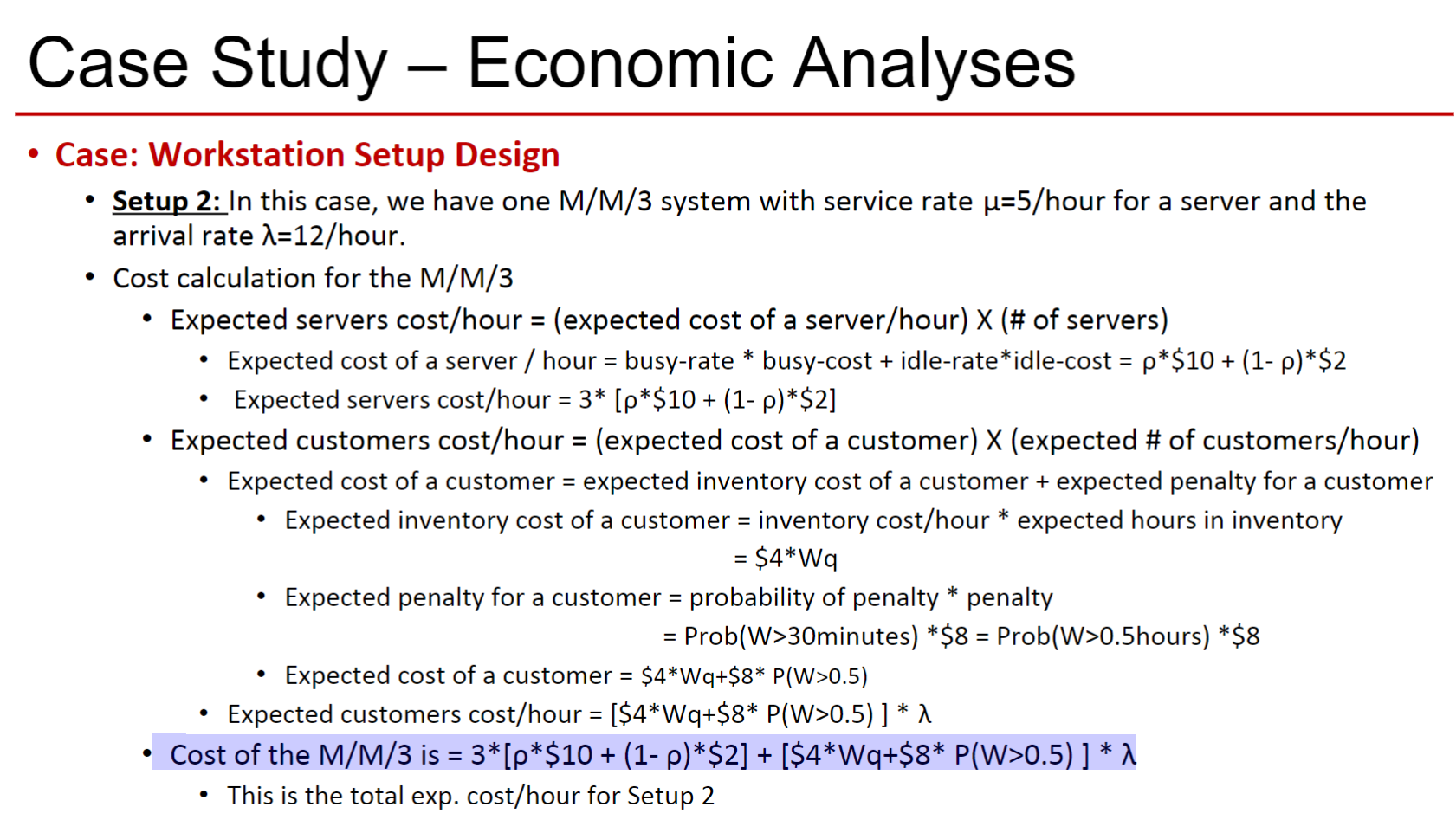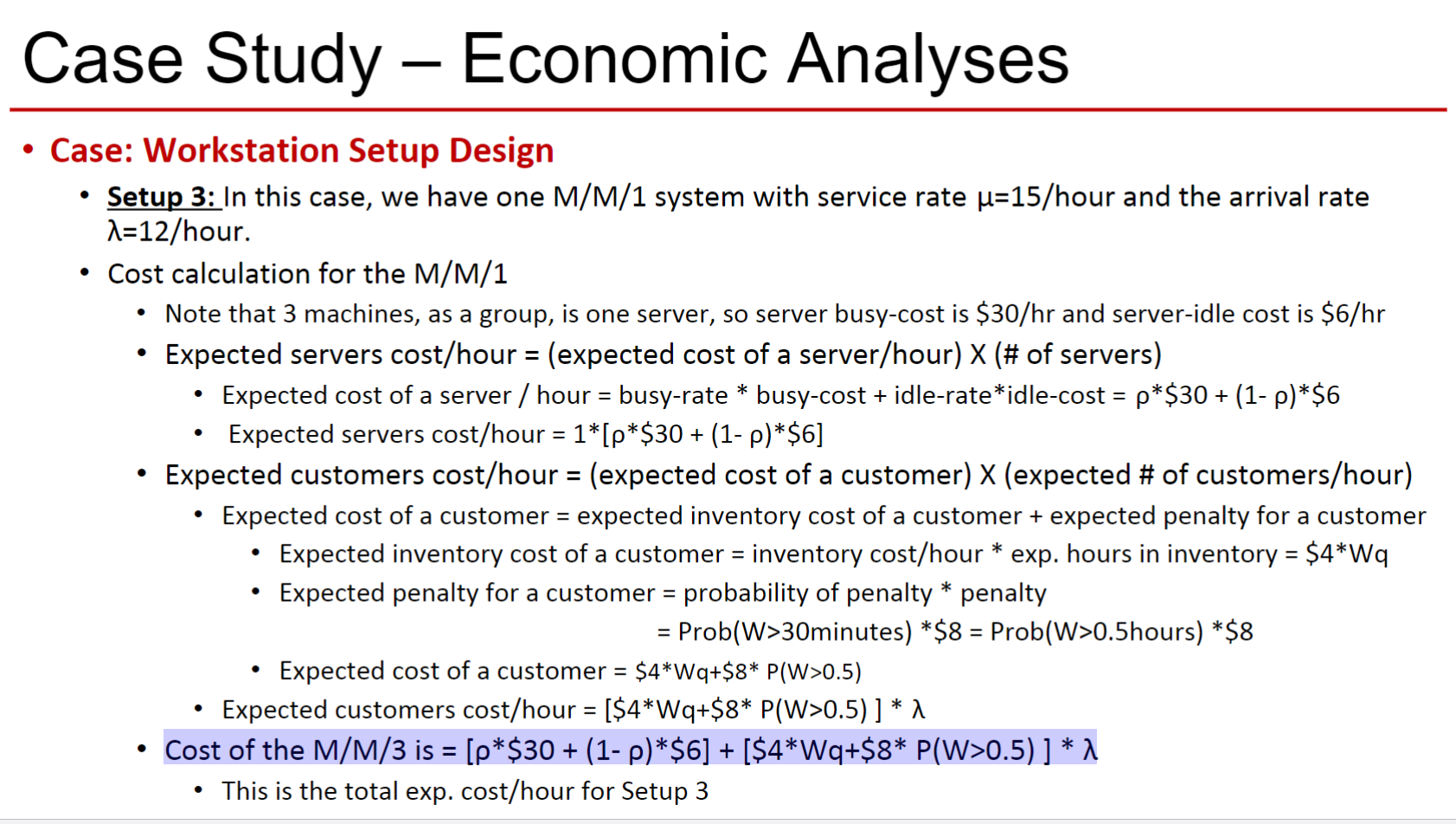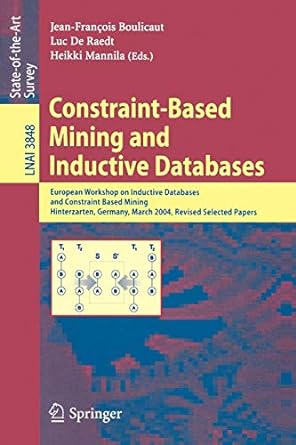Question
Problem 1 : Dr. Smith decided to open a Turkish restaurant in San Marcos TX. Since he is the only Turkish cook in the area,
Problem 1: Dr. Smith decided to open a Turkish restaurant in San Marcos TX. Since he is the only Turkish cook in the area, he will be the chef of the restaurant. Dr. Smith will offer a standard dish in his restaurant: Turkish kabob. Preparing and serving a Turkish kabob after getting an order from a customer takes 5 minutes on average and the preparation and serving time is exponentially distributed. He estimates that customers will arrive with a rate of 6 per hour and the interarrival time is exponentially distributed. Each Turkish kabob costs $5 for preparation and is sold for $15. Dr. Smith observed that the tips that customers leave depend on the time they wait until they get their kabobs served. Specifically, if it takes the customer have his/her kabob prepared and served within less than 5 minutes, the customer leaves a tip of $6; if it takes the customer have his/her kabob prepared and served within 5 to 10 minutes, the customer leaves a tip of $4; and if it takes the customer have his/her kabob prepared and served in more than 10 minutes, the customer leaves a tip of $2. a) (1 point) Explain the queueing system for Ala-Turca by defining customers, arrival rate, server(s), service rate and use Kendalls notation to define it. b) (3 points) Calculate the hourly expected profit of Ala-turca. Profit is equal to profit gained from kabob sales plus the tips customers leave minus additional cook costs (for part b, there is no additional cook). To do so: i. First, write the expression that will be used in profit calculation. For instance this will be shown in, "Setup 1" in the image below that shows what to do in Setup 1. ii. Then, put the system into the queueing excel template to get the values needed in your expression. iii. Then using the values from template, calculate the expected hourly profit. Now, suppose that Dr. Smith can hire two more additional cooks. An additional cook costs $3 per hour. Given this, how many additional cooks Dr. Smith should hire to maximize the hourly profit of Ala-turca. That is, should he hire 0 or 1 or 2 additional cooks? To answer this question, complete the following parts. c) (1.5 points) Calculate the hourly expected profit of Ala-turca when 1 additional cook is hired. To do so, similar to part b: i. First, write the expression that will be used in profit calculation. For instance, For instance, this will be shown in "Setup 2" in the image below that shows what to do in Setup 2. ii. Then, put the system into the queueing excel template to get the values needed in your expression. iii. Then using the values from template, calculate the expected hourly profit. d) (1.5 points) Calculate the hourly expected profit of Ala-turca when 1 additional cook is hired. To do so, similar to part b:
i. First, write the expression that will be used in profit calculation. For instance, this will be shown in "Setup 3" in the image below that shows what to do in Setup 3. ii. Then, put the system into the queueing excel template to get the values needed in your expression. iii. Then using the values from template, calculate the expected hourly profit. e) (0.5 points) Compare the profits with 0, 1, and 2 additional cooks, and discuss how tips, sales profits, and cook costs change. Then, recommend how many cooks to hire to maximize the expected hourly profit. Now, suppose that Dr. Smith does not hire any additional cooks. Answer parts f and g, independent of each other, without making any calculations and without using the templates. That is, discuss your reasons for the questions. f) (1 point) If Dr. Smith prepares kabobs faster, will he collect more or less tips on average? Explain why. 2-4 sentences should be sufficient. g) (1 point) If Dr. Smith prepares kabobs faster, how will the average hourly sales profit (i.e., profit collected from kabob sales) change? Increase, decrease, remain the same? Explain why. 2-4 sentences should be sufficient.



Step by Step Solution
There are 3 Steps involved in it
Step: 1

Get Instant Access to Expert-Tailored Solutions
See step-by-step solutions with expert insights and AI powered tools for academic success
Step: 2

Step: 3

Ace Your Homework with AI
Get the answers you need in no time with our AI-driven, step-by-step assistance
Get Started


